Menu
You can manage your membership and billing method by clicking here
Terms of Service
Privacy Policy
Copyright © 2025 Office of Immigration Australia, a private company registered in Australia. All Rights Reserved.

Checking membership status...
 EXCLUSIVE MEMBERS ONLY ACCESS
EXCLUSIVE MEMBERS ONLY ACCESSTo access this month’s edition & Member’s only resources, enter your registered email address.



Exclusive Australian Immigration News, Updates & Opportunities
March 2023
This bulletin is for members only, and provides our members with month to month updates on Australian immigration policy changes and consequential opportunities. Opportunities are found via federal and state government policy shifts for the demand and supply for certain occupations.
This bulletin will keep you up to date so that you do not have to employ expensive immigration lawyers to provide you with monthly research.
March 2023 has arrived, and the global fight for international talent further escalates into 2023 as China and Hong Kong, with their loosening border restrictions, join the growing ranks of markets seeking skilled workers!
As a trade-oriented economy, Australia has always sought, and been successful in attracting, strong investment and international talent due to the high quality of life and economic stability. Australia’s appeal has been further enhanced by the increasing cultural diversity, which reached an inflection point in 2021 when more than half of Australia’s residents – or their parents – were born in another country.
Despite its strong recent trajectory of immigration, Australia’s two-year border closure has resulted in a 50-year low in unemployment and 500,000 job vacancies, which has placed significant strain on local companies and the Australian economy.
With Australia now sharpening its narrative to further attract international talent, 2023 is expected to be one of the most significant years in Australian immigration history!
Also in this month’s bulletin, we discuss ‘what is a bridging visa’ and why it is important for you to understand the different bridging visa types!
In this month’s ‘Federal News‘, a new report has found that Australia has lost 473,000 potential migrants as a result of Covid, but net inward migration is now on track to rebound to pre-pandemic levels. Treasurer, Jim Chalmers, has also weighed in on the report saying that the centre’s statement confirms that migration is “part of the solution” to Australia’s skills and labour shortages. All this while Australia continues in the global fight to attract international talent!
In other federal news, it’s been announced that the massive backlog of visas should be cleared by April, with the government maintaining its approval rate of 150,000 visas in just six weeks.
In this month’s ‘State News’, skilled workers residing offshore remain eligible to be considered for ALL State and Territory nominations! Please view the State Migration Section of this month’s bulletin for all State and Territory program updates and opportunities available!
In this month’s ‘Economic News’, migration to Australia recovering strongly over 2022, and Morgan Stanley expects that this trend will continue through 2023 with net migration to recover to record highs!
Also in this month’s edition we take you on a tour through an Australian city that has arguably the World’s Best Café Culture and Croissant!
In this month’s ‘Student News’, approximately 59,480 international students arrived to Australia in January, and universities have reported unprecedented demand from foreign students, sending visa applications 40 per cent above pre-COVID levels, driven by huge demand from students from India and the subcontinent.
All this and much more in the March issue of The Australian Immigration Bulletin! Let’s take a deeper look at what has happened so far and what is planned for the remainder of March 2023 in Australian Immigration, so that you can start planning!
In case you missed it…
We are excited to announce a new benefit now available which allows all our member’s FREE access to an online platform and course to practice, study and improve their English and IELTS score. The IELTS exam is one of the key recommended exams you will need to take in order to Apply for Skilled Migration to Australia and the better your results, the higher points you will get when submitting an expression of interest. The advanced English and IELTS platform will allow all members to practice Mock IELTS Exams, learn cutting edge tips and gain a greater understanding of how to achieve a Band 7+.
We are also excited to announce “ImmiConnect” which is now available in the member’s area. ImmiConnect is the Office of Immigration Australia’s Employer Sponsored program which allows overseas workers to receive job interview invitations from Australian employers, when job opportunities come available.
The program aims to bring globally mobile, highly-skilled and specialised individuals to Australia who can fill critical areas of need.
ImmiConnect is exclusive to active Australian Immigration Bulletin Members only. You must be a current Australian Immigration Bulletin Member to be eligible to receive job interview invitations.
So if you are interested in receiving these invitations, please sign up for FREE by Clicking “ImmiConnect” and adding your name and email address.
As of 6th July 2022, people entering Australia do NOT need to provide evidence of Covid-19 vaccination status. Additionally, people leaving Australia will NOT be asked to provide evidence of their vaccination status. Unvaccinated visa holders do NOT need a travel exemption to travel to Australia. It is however important to remember that airlines, vessel operators and other countries may have specific requirements that travellers need to comply with.
Please see the list of vaccines that are recognised by the Australian government for travel purposes here.
As legislation and travel requirements are constantly changing, we strongly recommend obtaining advice on your individual situation from a Registered Migration Agent.
Please click here to book a consultation with one of our Registered Australian Migration Agents, located in Australia.
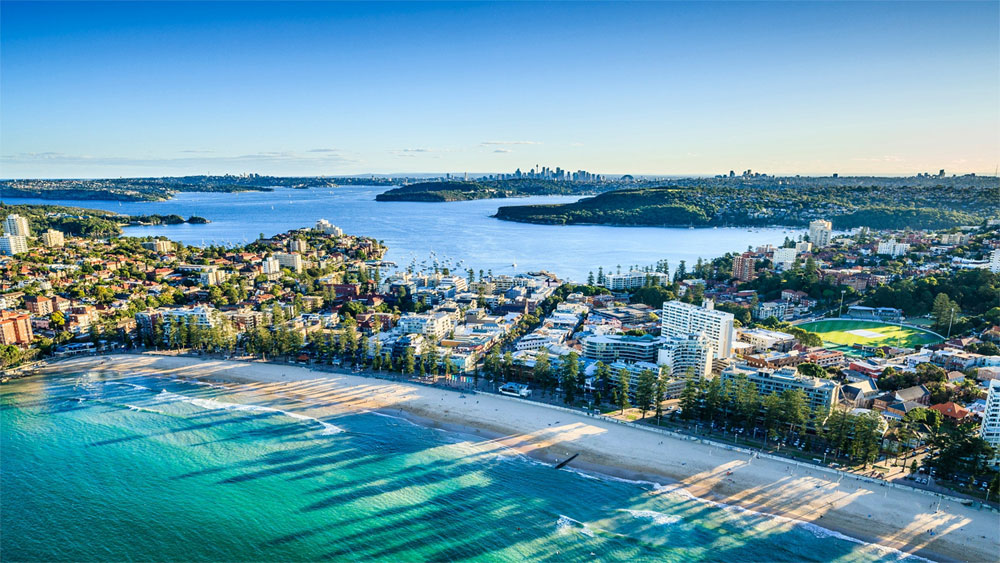
The Results of the August 2021 census were made public on 12th July 2022, and revealed that Australia has become a majority migrant nation, as the census data shows for the first time that more than 50 per cent of residents were born overseas or have an immigrant parent. The 2021 census counted nearly 25.5 million people, including 1 million new residents.
Australia’s 2022-23 Migration Program has been carefully designed to boost the social and economic outcomes that meet Australia’s needs. In fact, the migration programme was first launched in 1945 following the aftermath of World War 2. Given this long history, it is worth understanding how it works. The Australian Immigration Bulletin exists to help explain this in more detail.
As we’ve entered the 3rd month of the year, join us for a look at the latest news and developments in the world of Australian Immigration!
We asked those who have established themselves with skilled jobs to share their experience and tips for a career in Australia.
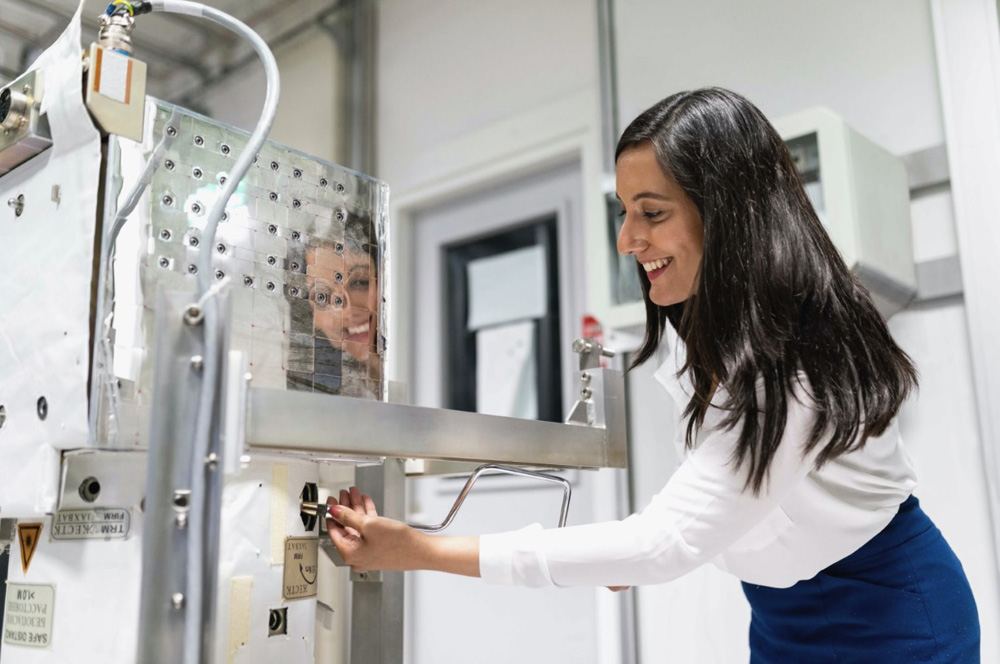
We spoke with Eduardo, a skilled migrant who is an environmental engineer currently working for a private environmental consultancy.
Tell us about your work
I had a really good background in environmental consultancy from Brazil.
I know how that industry works:
What was a career challenge in Australia?
Definitely the biggest challenge was proving that an engineer from Brazil can be as good as an engineer from anywhere else in the world.
I think confidence is really the key point. You have your resume to present your experiences and having a good background of work experience is helpful. But it really comes down to how confident you are explaining this in the interview.
How did you job search?
I started looking pretty much like everyone else:
Because I was focused on finding something in my field I also had other approaches:
How did you get your job?
I found a company on my list and checked the LinkedIn page. There was an ad for an environmental engineer.
So I put in my best application for that position. They called me and scheduled an interview for the week after. It was the worst week of my life waiting for that interview to come! But that’s how I found my job.
What have you learned through the job search?
One thing I’ve learned about myself is how resilient I am.
I am open to new experiences, and then I can go through pretty much anything and start fresh and progress all over again.
I know how to make my way to the top again.
What tip would you give to migrant job seekers?
Don’t give up, keep looking, something will pop up!
And especially be confident. Always be confident in our profession, as we were in our home country.
And like I said before, it’s always good to use your resilience.
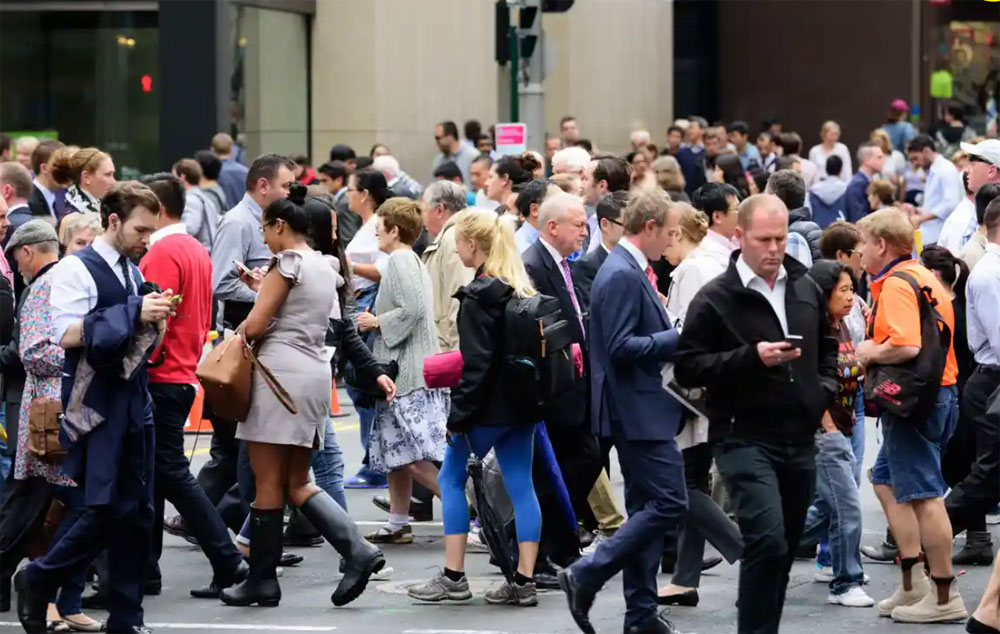
Covid travel restrictions resulted in 85,000 fewer people migrating to Australia in 2020-21, the first net loss since the second world war.
Australia has lost 473,000 potential migrants as a result of Covid, but net inward migration is now on track to rebound to pre-pandemic levels of 235,000 people a year, the Centre for Population has found.
The treasurer, Jim Chalmers, said the centre’s statement confirms migration was “part of the solution” to skills and labour shortages.
The report finds that Covid travel restrictions resulted in the loss of 85,000 people in 2020-21, Australia’s first net migration loss since the second world war.
After borders reopened in late 2021, a “sharp increase in migrant arrivals” resulted in a net inflow of 150,000, it said. This is on track to increase to 235,000 before July 23, the pre-pandemic trend level.
“Had the pandemic not occurred, cumulative net overseas migration was expected to be 473,000 persons higher across 2019-20 to 2025-26,” the report found.
The government recently imposed preflight Covid testing for passengers from China, raising fears that trade, migration and the arrival of international students might once again be disrupted, but most business and education groups – other than the Business Council of Australia – gave cautious support for the measure.
The Group of Eight universities’ chief executive, Vicki Thomson, said it may “impact students returning to study”, but it had been taken “in the best interests of our students and the broader Australian community”.
The chief executive of the Australian Chamber of Commerce and Industry, Andrew McKellar, said: “Given the evolving situation in China, the government’s decision to require a negative test on departure is appropriate and accepted by business.
“With the Chinese border only just reopening it will take some time before we see international arrivals from China return to their pre-pandemic levels.
“As such, we don’t expect testing requirements will have any great impact on our local tourism operators.”
Chalmers said “as the economy recovers from the worst of the pandemic, crippling skills and labour shortages are holding our businesses and our economy back”.
He said the government would ensure the economy had the number of skilled workers it needed.
“Australia’s migration settings need to be sustainable, serve Australia’s national interest, and not be a substitute for training and building the capacity of our domestic workforce.”
The government has launched a review of the migration program, to report in early 2023. Chalmers promised “to build a bigger and better-trained workforce in 2023” through that review and the upcoming employment white paper.
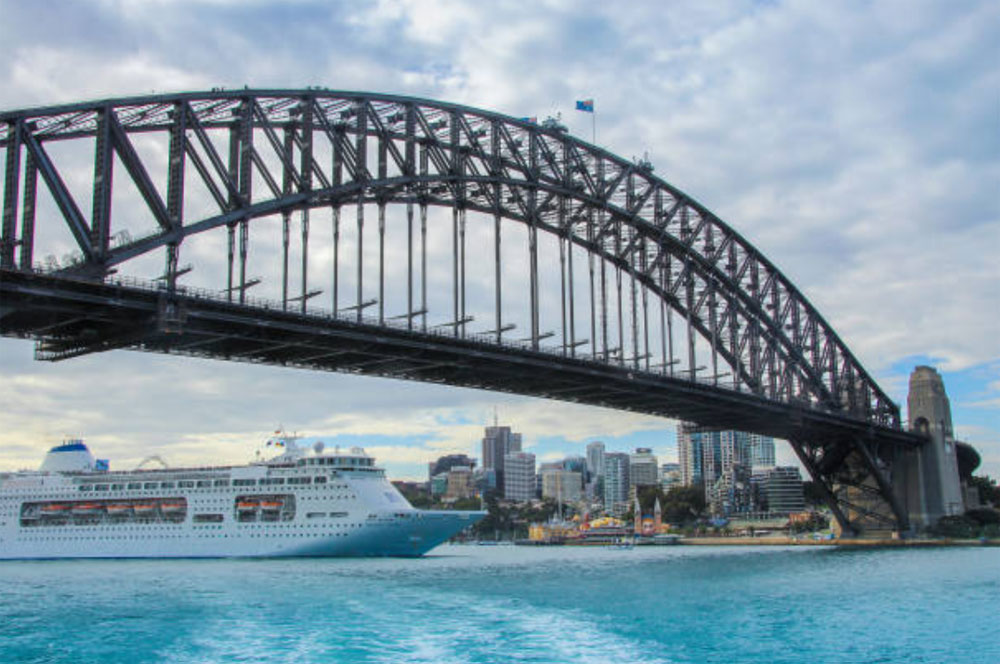
The global fight for talent will further escalate in 2023 as China and Hong Kong, with their loosening border restrictions, join the growing ranks of markets seeking mobile skilled workers.
To address Australia’s skill shortages, the national Jobs and Skills Summit in September resulted in permanent migration visas being increased and injected more than $36m to fast-track backlogs in visa processing. These are promising signs but Australia will need to do more as other markets also send equally strong policy signals to encourage overall migration with a focus on working-age foreign talent.
Treasury’s annual population statement noted that despite an increase in net inflow migration, the numbers are not expected to fully offset the lost population growth, with Australia expected to remain smaller and older than would otherwise have been the case. The short-term competition will also be compounded by long-term population projections. For example, January saw reports of China’s population falling for the first time in 60 years. What this tells us is that the fight for talent is not just a post-pandemic blip but is instead structural. Beyond headline intake figures, the markets that will attract internationally mobile workers will be those that can make the strongest case in offering better and more valuable work, lifestyle and permanency.
More precisely, the fight for talent will center around those markets who can sharpen their visa programs including targeted visas focused on specific skills, further smoothing visa application processes and costs, better recognition of overseas qualifications, and a clearer pathway to permanent migration.
Knowing this, Canberra is completing an immigration and visa review and has already earmarked a shift in focus from short-term visas towards permanent migration and has greatly increased the number of places available for skilled migrants.
The February review is also likely to reveal a raft of additional measures that will go far beyond the headline visa number increases. These include moving away from employers needing to sponsor people based on a set occupation list in favour of wage levels a job will attract. Doing this will remove bureaucratic delays. We also expect reforms to incentivise international students to stay longer.
These measures are all positive and a step in the right direction.
There are many things that also remain in Australia’s favour for talent attraction: we offer strong economic stability off the back of 32 years of uninterrupted growth. And unlike other markets that may see a global contraction and softening labour market in 2023, Australia’s growth is expected to continue. Australia also does not run up against infrastructure capacity issues such as school and housing. But it’s all meaningless unless Australia can both develop a comprehensive and coherent narrative incorporating these proof points and ensure it reaches the audience in the markets where we seek to attract talent.
Right now, our sense is that Australia is not making these signals strong enough.
Tackling its visa program and strongly projecting a joined-up narrative abroad will further cement our success in attracting international talent and the wider investment benefits that come with it. By addressing these issues we’re not just solving for now but for the future, as challenges around talent are here to stay.
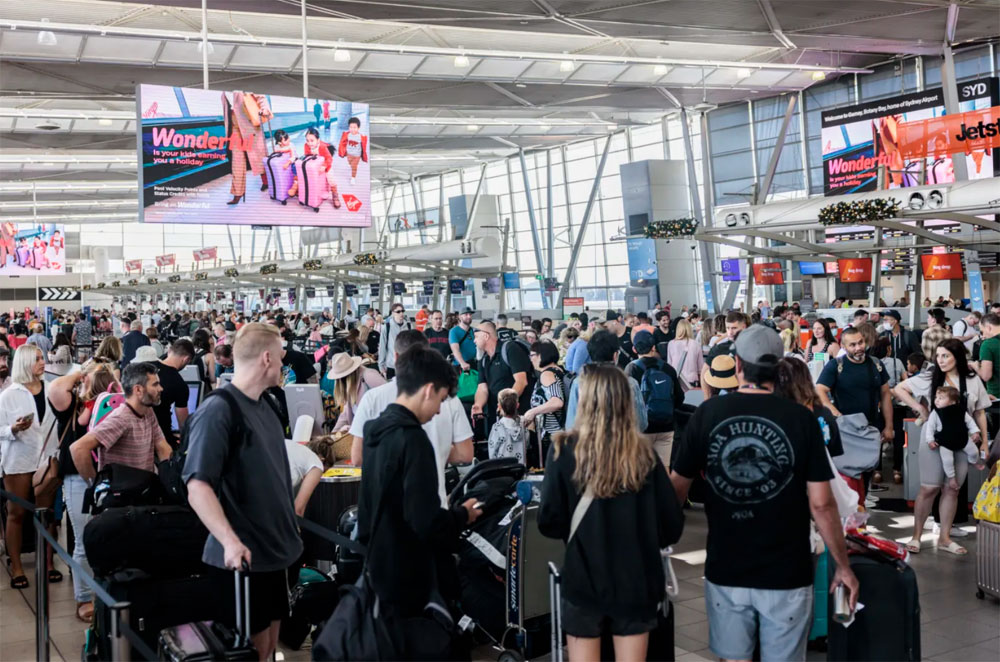
A massive backlog of one million visas should be cleared by April if the government maintains its approval rate of 150,000 in just six weeks.
A record 4.3 million visas were processed in the past seven months, providing much-needed relief to businesses suffering chronic skill shortages and education institutions readying for an influx of new students.
Having added an extra 400 staff to process the backlog of visas the Albanese government inherited when it came to office, Immigration Minister Andrew Giles has pointed to a reduction of 150,000 visas in just six weeks.
An estimated 400,000 visas have been cleared since June.
If such a rate can be maintained, the backlog should finally be cleared by the end of April.
Migration expert Abul Rivzi, said the department needed to be commended for working its way through the mountain of visas, but cautioned that some of their efforts might just be a matter of shifting one pile into another pile.
“Onshore bridging visas got up to 375,000 and they managed to pull that back to 270,000, so that’s a good outcome,” Mr Rivzi said.
“But that means a lot of people have simply moved from waiting for a bridging visa to applying for a different category of temporary visa.”
Among the most in-demand are student visas, with a 40 per cent increase in applications compared to the same time in 2019.
Data from the Department of Home Affairs reveals that in the five months to November 2022, 137,395 student visa applications were lodged from people overseas.
Students are being told to submit their applications at least six weeks ahead of the time of their course starting to stave off disappointment, and not to book flights until after the visa has been approved.
However, there has been little relief for research supervisors at universities, some of whom have been waiting more than 12 months for prospective PhD students to get visas approved.
Clement Canonne, a researcher in computer science from the University of Sydney, said his PhD student whose thesis will be on the theory of computer science and machine learning, still had not received any update from immigration officials despite lodging his visa application over a year ago.
However, the Department of Home Affairs has created an online form so students and supervisors can inquire about the status of their visa.
In November, Home Affairs Minister Clare O’Neil announced a shake-up of Australia’s notoriously complicated immigration system.
At the time she said an overhaul of the “Byzantine mess” of rules and processes was crucially important as competition for global talent increased.
Peak body Universities Australia has called for a US-style green card to allow in-demand workers to receive fast-tracked permanent residency; for temporary graduate visas to be automatically granted to all international students who complete their study and pass character checks; and for new reporting tools to allow education providers and employers to track the status of visa applications in real time.
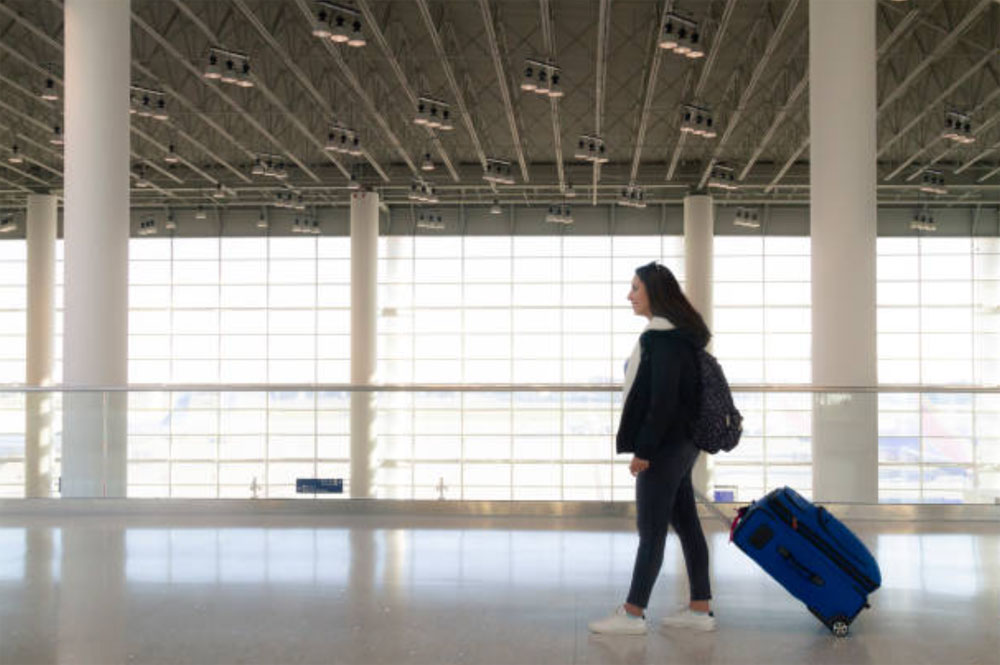
What is a bridging visa? Australia bridging visas are temporary visa that allows a party to continue living in Australia lawfully while their current substantive visa expires, and while their new substantive visa is being processed. A substantive visa is one that is not a criminal justice visa, enforcement, or bridging visa.
For example the subclass 485 temporary graduate visa, the subclass 190 permanent resident visa, the subclass 820 partner visa or the subclass 500 student visa are all examples of a substantive visa.
When you ask the question ‘what is a bridging visa’ it is also important for you to understand that in Australia, there are different bridging visa types. The question of ‘what is a bridging visa’ is essential to consider under immigration law. As Australia has such a diverse community, a significant proportion of its population consists of migrants from other countries.
Therefore, at some point or the other, they must possess a bridging visa when transitioning from one substantive visa to the other. In this article we answer the question of ‘what is a bridging visa’ by outlining the various types of bridging visas that are there in Australia.
You must find out which valid visa applies to you depending on your individual circumstance and type of visa application.
What is a bridging visa? As mentioned above, there are different types of Australian bridging visas available. In this section, we will explore all these types of bridging visa. Depending on the type of visa, certain travel and work conditions may differ. We will explore this in detail.
What is bridging visa A? The subclass 010 Bridging Visa A is applicable when a party makes an application for a visa while they are in Australia. This type of visa helps the applicant stay in Australia while they are waiting for the Department of Home Affairs (DHA) to assess their other visa.
The DHA generally grants a BVA automatically. This means that you don’t need to make a separate application to obtain a BVA. If you’re currently on a substantive visa, your BVA becomes active the moment the current visa i.e. current substantive visa ceases. In other words, the activation date of BVA is the same as visa expiry date of current substantive visa.
Furthermore, the BVA remains active until you receive a decision on the visa application that you made. Given below is a list of circumstances in which a person may be eligible to receive the Subclass 010 visa:
What is a bridging visa B? This is quite similar to the BVA, but a holder of a BVB is allowed to travel to and fro from Australia while they are waiting for DHA to make their application decision. This visa comes with a specified travel period and travel authority.
This usually lasts for 3 months. This means that you must aim to travel outside, and be back in Australia within those 3 months. While BVA is automatically granted, you have to apply for new bridging visa B.
The BVC is applicable when a person lodges an application for a substantive visa while being unlawful in Australia.
Unlike a BVB, a BVC does not allow the visa holders to travel outside Australia. Moreover, the BVC also does not have work rights attached to it. But, if they wish to work while on this, they can get one without work prohibitions.
However, they must demonstrate that they have a valid reason to work in order to obtain a BVC without any work restrictions.
Bridging Visa D is given to those who attempted to make an application for a substantive visa but the application was invalid. The DHA grants this visa for a short period of time. This period is sufficient for a person to make another application for a substantive visa. This visa does not come with any travel or working permits.
What is bridging visa E? Under this, there is a subclass 050 and subclass 051 visa, both are type E bridging visas. This is applicable when people don’t have an immigration clearance from the DHA. This happens when you have applied for a protection visa and the Department has not made a decision about the visa.
For obtaining the subclass 050 visa, applicants must demonstrate that they are unlawful non-citizen who must be making arrangements to depart Australia, or to apply for a substantive visa.
The 051 visa is applicable for people who wish to stay in Australia lawfully while their Protection visas are being processed. For the 051 visa, all of the following eligibility criteria will be applicable:
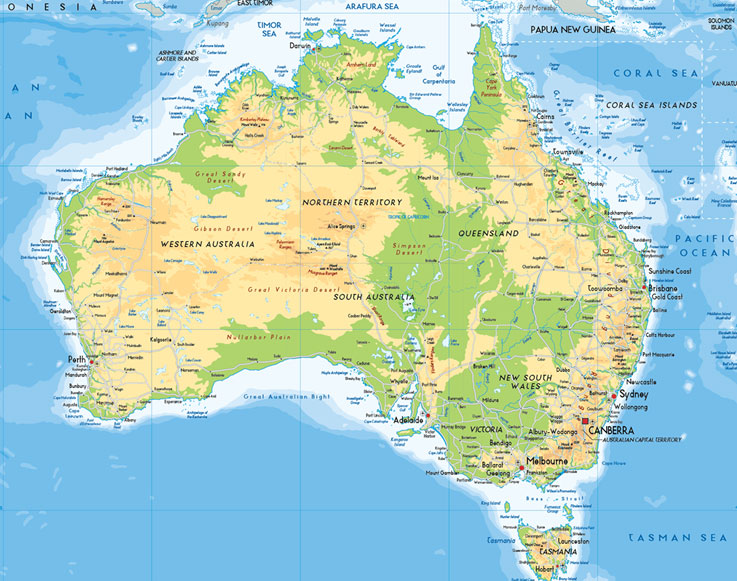
If you are interested in applying for a general skilled migration visa to Australia, it is important to have a good understanding of the skilled visa options and how the migration points test works, so that you can maximize your chances of being eligible to apply for a skilled visa.
A general skilled migration visa is an option available to skilled workers who are seeking to qualify for a skilled visa independently, or under a state or family sponsorship. It is an alternative to an employer sponsored visa.
One of the key criteria to qualify for a general skilled migration visa is the points test (a criterion that does not apply to employer sponsored visas). This is often the most challenging aspect for prospective skilled visa applicants to overcome when seeking an invitation to apply for the relevant skilled visa.
If you are considering applying for a general skilled migration program visa, an important concept to understand is the Expression Of Interest (EOI).
If you are considering applying for a general skilled migration visa, it is important to be aware that for certain visas in this visa class, you will first be required to lodge an EOI with the Department of Home Affairs (the Department) through Skill Select. The EOI is not a visa application, but rather, it is the process by which you can express your interest in applying for the relevant skilled visa (It’s important to note, that there is NO fee to submit an EOI).
This requirement applies to the following skilled visa subclasses:
Let’s take a brief look at each of these visas below:
The ‘subclass 189’ is a federal sponsored visa that grants automatic permanent residence in Australia. It is subject to nil visa conditions or obligations. For this reason, it is often considered to be the most flexible of the skilled visa options available.
A subclass 189 points-based visa allows you to live and work in any state or territory permanently.
The ‘subclass 190’ is a state/ territory sponsored permanent residence visa. It is another points-based visa for which invitations are issued throughout each month by individual states and territories. One of the benefits of applying for state nomination is that you will be granted an additional 5 points.
An important aspect to consider, which does not apply to the subclass 189 visa is that there is an added step in the application process. In this case, you must also apply for nomination approval to a state or territory government. Only upon receipt of an invitation from the relevant state or territory to which you apply can you then apply to the Department for the visa itself.
Your obligations as a subclass 190 visa holder are that you must commit to your nominating jurisdiction’s obligations and commit to residing in your nominating State or Territory for two years from visa grant.
The ‘subclass 491’ is also a points-based state/ territory (or family) sponsored visa. It is a regional visa with a term of five years. The Department issues invitations for family sponsored EOI applications only (in invitation rounds). Invitations for state sponsorship are issued by individual states and territories throughout each month. This will grant you an additional 15 points for the nomination.
Being a provisional visa, this means it provides a pathway to permanent residence in Australia with the Subclass 191 Permanent Residence (Skilled Regional) visa, subject to meeting specified requirements.
Be mindful that as a subclass 491 visa holder, you must abide by visa condition 8579, which requires you to live, work and study in a designated regional area of Australia. For migration purposes, most locations of Australia outside of major cities (Sydney, Melbourne, Brisbane, Perth, etc.) are classed as regional areas.
If your EOI is successful, you will receive an invitation to apply for the visa, as specified in the invitation letter. This then enables you to proceed with lodgment of your visa application (provided you meet all other visa lodgment and visa grant requirements).
Please note, the below State and Territory program updates is a general overview only. It does not take into account any of your personal circumstances. You must check the State/Territory information carefully to ensure you can meet all the requirements for nomination.
Australia is currently facing a shortage of skilled migrants to fill workforce demands. In response, states and territories have been easing the conditions of their visa programs to help attract skilled workers from overseas.
Below is the monthly update for some of the State and Territory opportunities available.
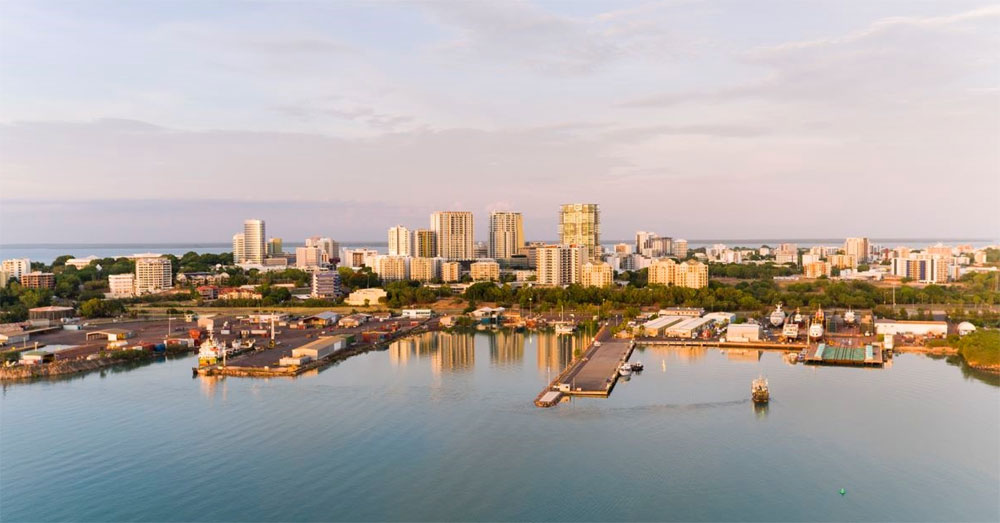
Program Status Update
People residing offshore are now eligible to be considered for Northern Territory (NT) nomination. Invitations to apply for Northern Territory nomination will be via the ranking system.
The ‘Northern Territory Offshore Migration Occupation List’ identifies the occupations in current demand in the Northern Territory. This List is important if you want to apply for Northern Territory nomination for either a:
The ‘Northern Territory Offshore Migration Occupation List’ is only applicable for those applying for NT nomination from outside Australia, under the Priority Occupation stream.
Please note: The Northern Territory government has advised that offshore applicants will generally only be offered a Northern Territory nomination for a subclass 491 visa. Subclass 190 nominations will only be offered in exceptional circumstances, such as cases where the applicant has strong connections to the NT.
The NT advises eligible applicants to apply as soon as they meet the eligibility criteria. To receive a nomination from the NT Government, you must:
Before submitting an EOI for The Northern Territory, applicants should check that they meet all eligibility requirements.
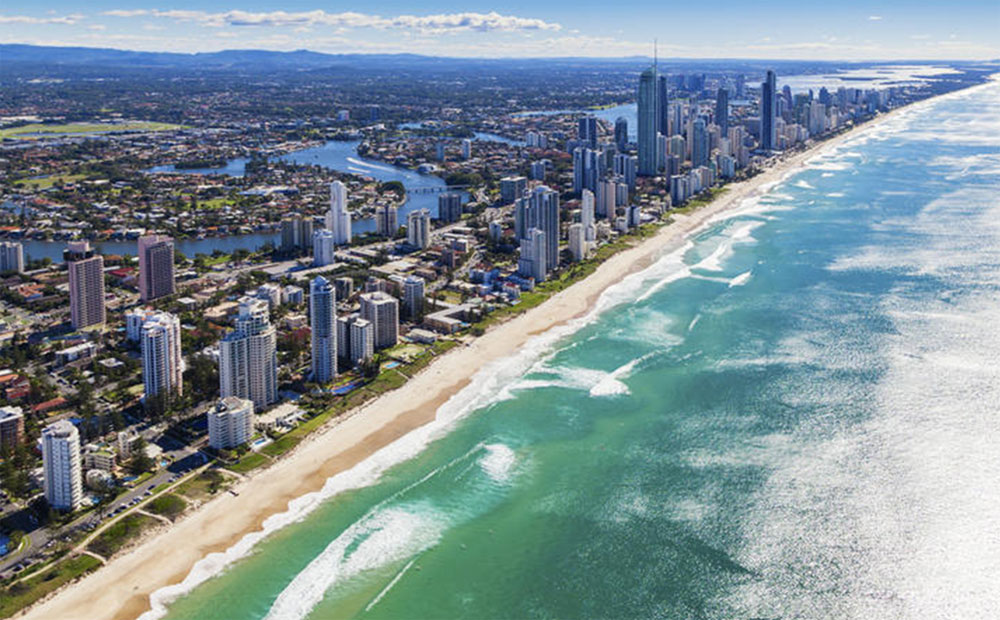
Program Status Update
To manage Queensland’s COVID recovery response, applicants currently residing offshore are now able to apply.
Depending on your occupation and situation, there are two state nomination options available for skilled migrants through Queensland.
For Queensland state nomination, prospective applicants must meet the Department of Home Affairs requirements, state-specific occupation requirements and have skills in an occupation that is available on the Queensland Skilled Occupation List.
You may undertake employment once onshore in Queensland through:
Offshore applicants meeting the minimum published requirements can now lodge a Registration of Interest (ROI).
Migration Queensland, the state government agency responsible for skilled visa nomination, has stated they will only accept a brand new EOI submitted on Skillselect from 16 August 2022. Updating existing EOI’s submitted prior to 16 August 2022 will not be invited.
The agency also requests all applicants to ensure they have carefully read and understood the new criteria relevant to their stream or pathway, and that they meet the criteria before submitting an Expression of Interest (EOI).
The 2022-23 Skilled Migration Program will be open to both onshore and offshore applicants and provide pathways for skilled workers, graduates, and small business owners.
Before submitting an EOI for Queensland, applicants should check that they meet all eligibility requirements.
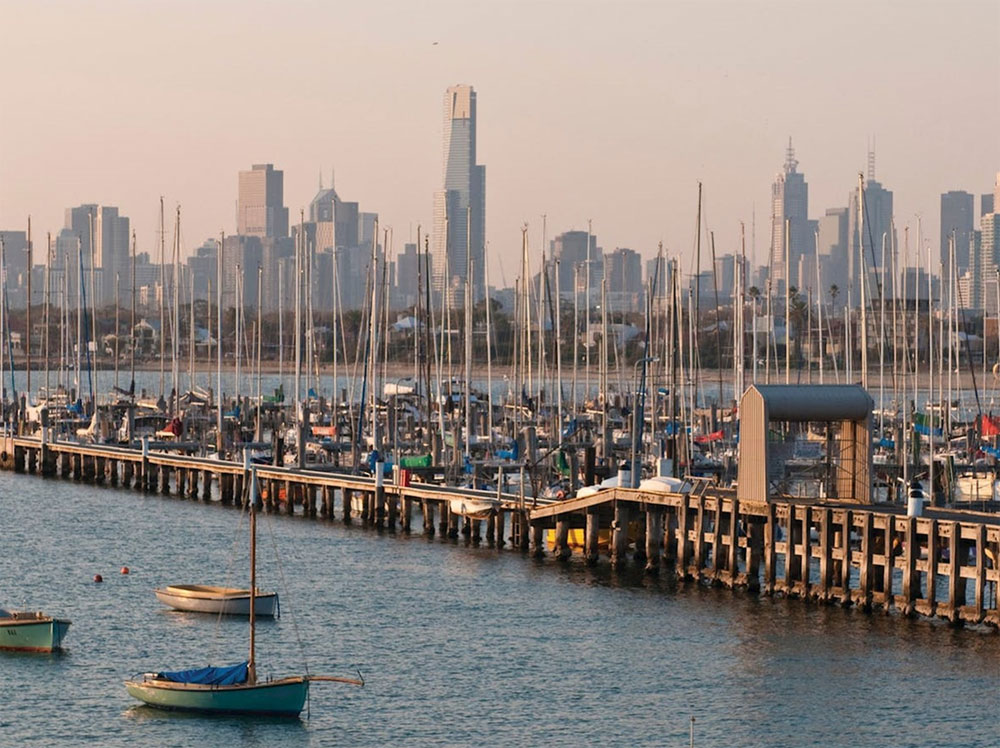
Program Status Update
Now open to offshore applicants, the program provides skilled migrants with a pathway to permanent residency in Victoria. The skills that successful applicants bring to Victoria benefits employers and the broader Victorian economy.
The program provides two visa pathways.
The Skilled Nominated visa (subclass 190) is a permanent visa for skilled migrants to live and work anywhere in Victoria. The Skilled Work Regional (Provisional) visa (subclass 491) is for skilled migrants to live and work in regional Victoria and provides a pathway to permanent residency through the Permanent Residence (Skilled Regional) visa (subclass 191).
As with previous years, applicants will first need to submit a Registration of Interest (ROI) and then be selected on competitive merit to apply for visa nomination.
Both onshore and offshore applicants are eligible to submit a Registration of Interest (ROI) for both the subclass 190 and subclass 491 visas.
This is a significant change from the 2021-22 Skilled Migration Program, which did not allow applications from individuals overseas. Additionally, the new program is a great opportunity for applicants who work in a variety of occupations, particularly since the 2021-22 program was previously aimed at applicants in science, technology, engineering, mathematics and medicine (STEMM).
If you submitted a ROI during the 2021-22 program, you must submit a new ROI to be selected to apply for the 2022-23 program.
Your ROI will remain in the system for selection until it is withdrawn, selected or the program year ends. The final day to submit a ROI is Friday, 5 May 2023.
Before submitting an ROI for Victoria, applicants should check that they meet all eligibility requirements.
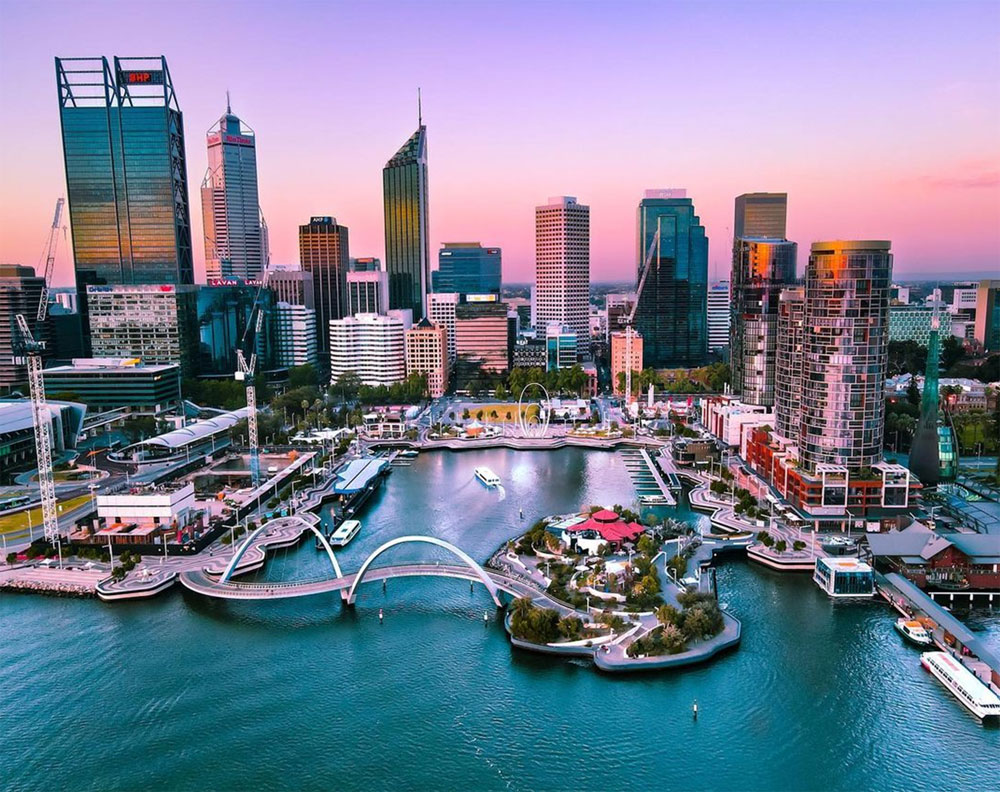
Program Status Update
People residing offshore are now eligible to be considered for Western Australia (WA) State nomination. Invitations to apply for WA State nomination will be via the ranking system.
The Western Australian Skilled Migration Occupation List identifies the occupations in current demand in Western Australia. This List is important if you want to apply for Western Australia nomination for either a:
Western Australia has increased occupations eligible for skilled migration by roughly 60 per cent for the 2022-23 program. New occupations have been added to both the Western Australian Skilled Migration Occupation List Schedule 1 (WASMOL Schedule 1) as well as the Western Australian Skilled Migration Occupation List Schedule 2 (WASMOL Schedule 2). In total, more than 100 occupations were added, including 46 in the health care sector, bringing the total to 276 occupations.
Some examples of the newly added jobs include:
For more information, consult the combined list of eligible occupations.
From 1 July 2022, the WA Government is also temporarily waiving the $200 application fee. Additionally, applicants who apply after this date will no longer need to provide proof of sufficient funds for WA State nomination.
Under the Western Australia Skilled Migration Program 2022-23, the English language requirement has also been reduced for applicants at the Manager and Professional occupation level. Applicants at this level will only need to demonstrate a “competent” proficiency in English (which is a minimum ‘IELTS score of 6’ for each of the 4 categories).
Before submitting an EOI for Western Australia, applicants should check that they meet all eligibility requirements.
With world-class education, healthy job opportunities and strong public health management, WA is a safe place to live, work and study.
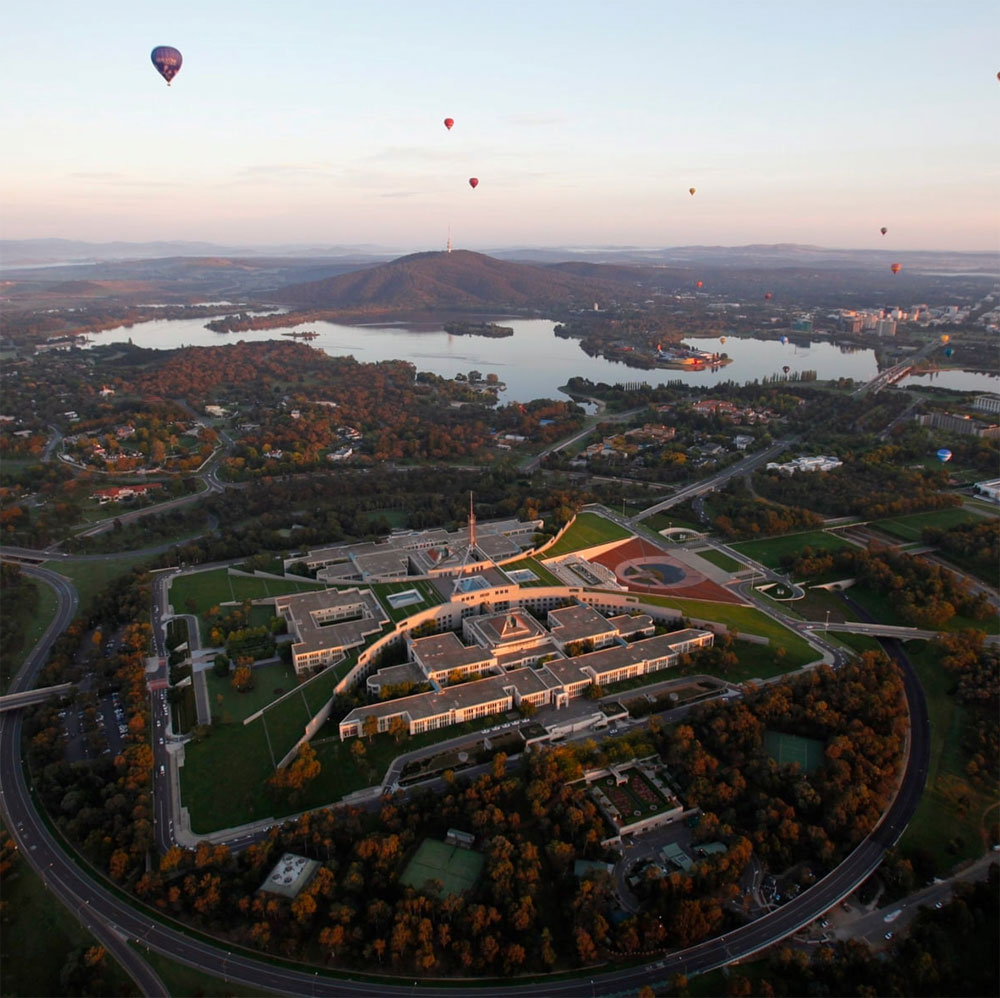
Program Status Update
The ACT Critical Skills List identifies the occupations in current demand in the ACT. This List is important if you want to apply for ACT nomination for either a:
The ACT Government will update this list every four months to make sure that the ACT Skilled Migration Program adapts and responds to the evolving critical skills needs of the ACT economy.
The Canberra Matrix is weighted to ensure that applicants who will make a positive economic contribution to the Territory and/or have demonstrated a genuine commitment to the ACT are more likely to be ranked and invited to apply for ACT nomination.
*ACT nomination does not guarantee a migration outcome. You must still meet the Department of Home Affairs criteria.
Every month, a certain number of nomination invitations are available (prorated on the annual allocation) to those working in the highest ranked Matrix in each occupation.
You can view the ACT’s most in-demand skills for skilled migration by consulting the ACT Critical Skills List.
Before submitting an EOI for The Australian Capital Territory, applicants should check that they meet all eligibility requirements.
Once you’ve submitted a valid Department of Home Affairs SkillSelect EOI, follow the ACT Government Process to apply for ACT nomination.
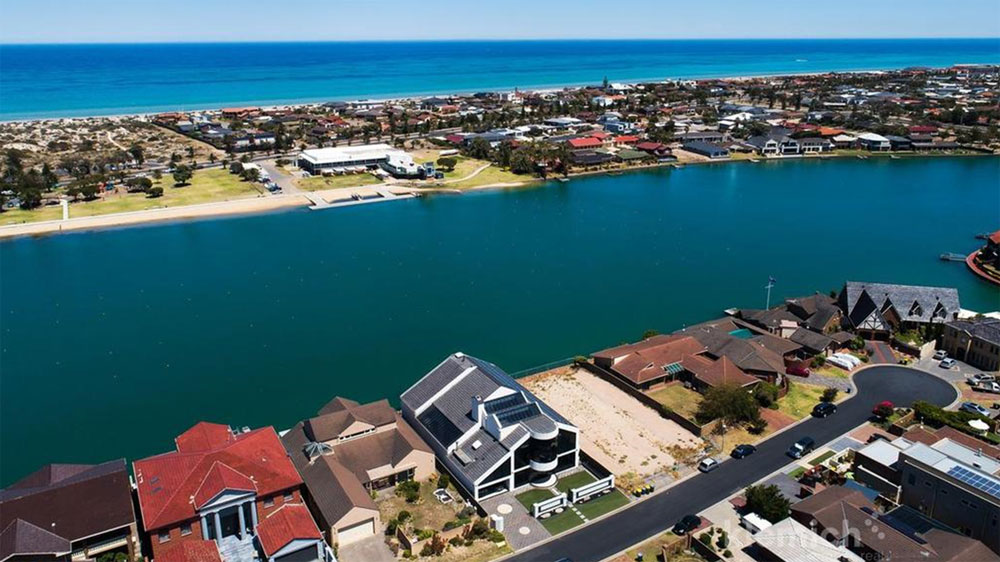
Program Status Update
To manage South Australia’s COVID recovery response, applicants currently residing offshore are able to apply.
Depending on your occupation and situation, there are two state nomination options available for skilled migrants through South Australia.
For South Australian state nomination, prospective applicants must meet the Department of Home Affairs requirements, state-specific occupation requirements and have skills in an occupation that is available on the South Australian Skilled Occupation List. Offshore applicants meeting the minimum published requirements can now lodge an Expression of Interest (EOI).
There is an enormous range of occupations on South Australia’s Skilled Migration Occupation List in a range of industries – search for your occupation here.
South Australia will increase its nominations of offshore skilled migrants in 2022-23. This is in order to make entry to the South Australian labour market faster, due to urgent skills shortages.
To do this, South Australia will select offshore applicants to apply for state nomination from those who have submitted an Expression of Interest (EOI) through SkillSelect. Offshore applicants will not need to lodge a Registration of Interest (ROI) for this year’s program. South Australia will be nominating offshore applicants from over 470 occupations on South Australia’s Skilled Migration Occupation List. To be eligible, ensure all the information in your SkillSelect EOI is up to date and you have selected South Australia as your first preferred state or territory to move to in Australia.
South Australia will be assessing candidates on merit by the following factors, within their nominated occupation:
Before submitting an EOI for South Australia, applicants should check that they meet all eligibility requirements.
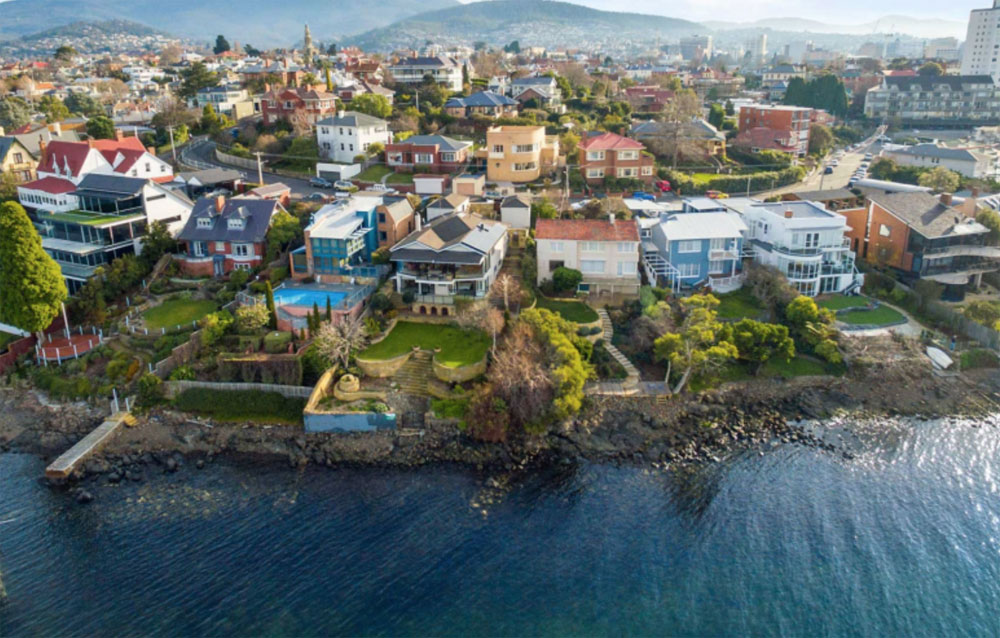
Program Status Update
Working in Tasmania
The two state nomination options available for skilled migrants through Tasmania are:
The Tasmanian State Nomination Skilled Migration Program supports Tasmanian businesses and increases the state’s working age population. It does this by attracting and retaining migrants with skills genuinely in need by employers, or with the capacity to settle in Tasmania through skilled employment in the long-term, and business activities that will increase employment opportunities.
Tasmania’s skilled migration program is for people wanting to move to the state who have skills that Tasmania need. Skilled migrants are attracted to Tasmania because of the state’s enviable lifestyle, career opportunities, affordable housing, reputable schools and a globally recognised university.
The new Migration Tasmania Application Gateway is now open!
The new Migration Tasmania Application Gateway is now open for registrations of interest (ROI) and applications for skilled visa nomination from Tasmania.
Anyone seeking Tasmanian nomination for a Subclass 190 Skilled Nominated Visa or Subclass 491 Skilled Work Regional Visa must now first register in the Migration Tasmania Application Gateway .
Before submitting an ROI for Tasmania, applicants should check that they meet all eligibility requirements for either;
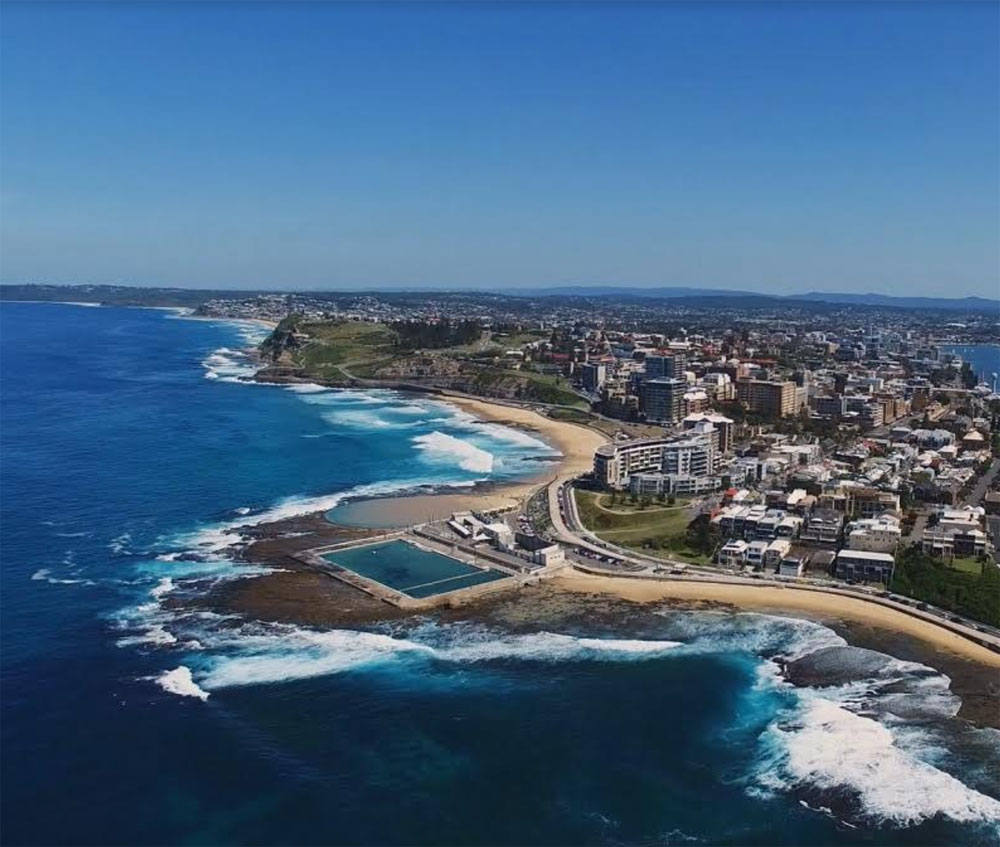
Program Status Update
The New South Wales government has invited applications from offshore migrants under the following nomination streams:
The NSW State Government announced that offshore applicants skilled in certain ANZSCO unit groups are still eligible for NSW nomination.
*Please note: Invitation rounds occur throughout the financial year.
NSW invites and nominates SkillSelect EOIs at the ANZSCO unit group level. To be eligible for NSW nomination (for either Subclass 190 or Subclass 491) you must be skilled in an occupation that both:
It is important to note that not all occupations within ANZSCO unit groups are eligible for the respective visa. It is the responsibility of the prospective migrant to ensure their occupation is eligible for the visa before obtaining a skills assessment.
For the 2022-23 financial year, NSW have introduced a new requirement regarding your Skillselect EOI. To be eligible for NSW nomination, your Skillselect EOI must be for ONE visa and for NSW only.
This means that if your Skillselect EOI has multiple visas and/or multiple states selected (this includes selecting ‘ANY’), your Skillselect EOI will not be considered for NSW nomination.
The skills lists for 2022-23 are available on the Investment NSW website. Additional ANZSCO unit groups will not be added this financial year, however, the skills lists are reviewed annually.
For a further explanation of how the skills list works, see the Common questions about skilled visas page on the NSW Government website.
Before submitting an EOI for New South Wales, applicants should check that they meet all eligibility requirements for either;
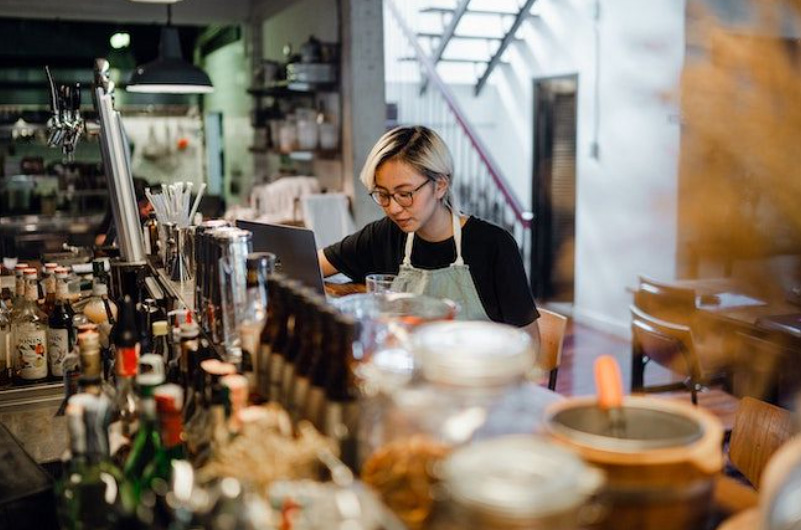
Treasury’s recently released Population Statement showed that Australia’s population and net overseas migration growth have picked up strongly. Temporary migration has recovered faster than expected.
Net overseas migration numbers are being artificially boosted this year by the resumption of inward flows of international students and working holiday makers. This effect will diminish in subsequent years when the usual inward and outward patterns of international student flows re‑establish themselves.
Coupled with a broad softening in hiring demand, increases in net overseas migration should help to ease skills and labour shortages.
In recent months, the unemployment rate reached its lowest level in nearly 50 years, the participation rate reached its record high, and job vacancies remain elevated.
Broader measures of spare capacity in the labour market that account for underemployment have also fallen. The underutilisation rate, which combines unemployment and underemployment, has been below 10 per cent since May 2022. This is the first time since 1989, that it has remained below 10 per cent over consecutive months.
A tight labour market presents challenges for business in hiring workers.
However, it is associated with a range of positive outcomes and opportunities including stronger nominal wage growth, bringing marginally attached workers into the labour market, and incentivising skills acquisition and investment that contribute to higher productivity.
We can see these benefits in the data. Youth unemployment has fallen to below 8 per cent, well below the average rate of around 12 per cent in the decade following the GFC, and female workforce participation is near record highs.
We are also seeing signs of stronger nominal wage growth.
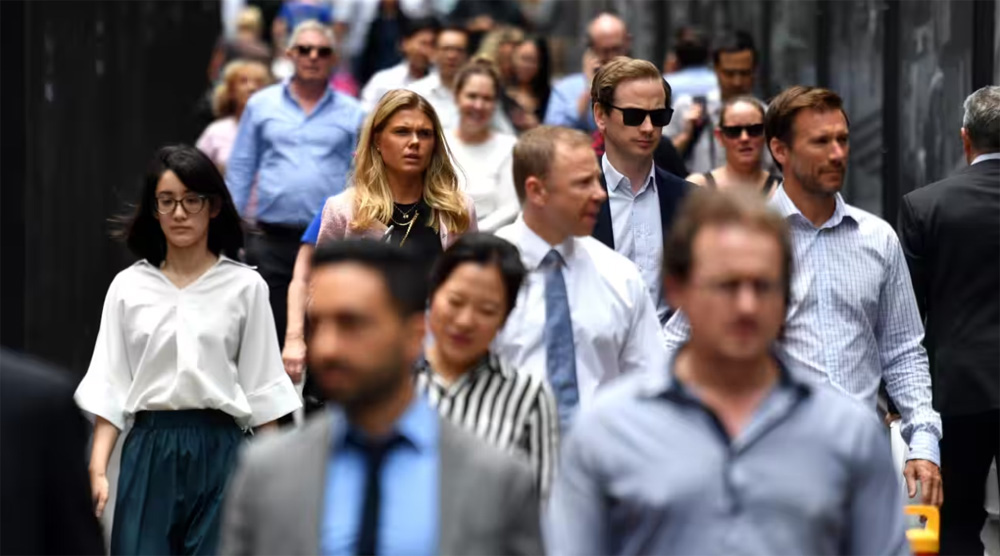 With migration to Australia recovering strongly over 2022, Morgan Stanley expects this trend will continue through 2023 with net migration to recover to record highs.
With migration to Australia recovering strongly over 2022, Morgan Stanley expects this trend will continue through 2023 with net migration to recover to record highs.
Typically a key economic growth driver for Australia, the broker expects migration to prove important in offsetting an expected housing and rates-driven recession.
Increased migration should not only boost economic growth, with Morgan Stanley anticipating Australia’s economic growth can outpace that of other similar economies, but also underpin increased labour supply.
The broker expects the rise in unemployment will outpace the Reserve Bank’s expectations, and assist in containing wage growth. Morgan Stanley also warns a migration lift will likely see rental markets remain tight, but likely won’t be sufficient to prevent further house price declines.
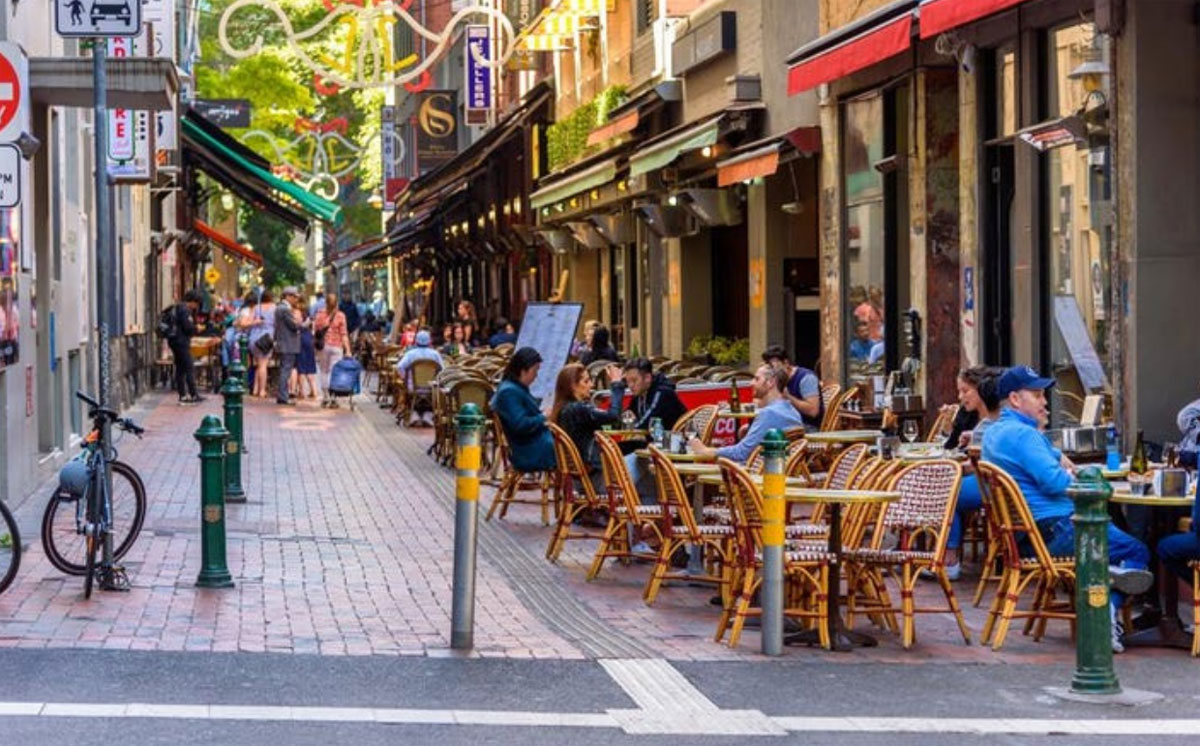
Distressed brick walls soar to fifty-foot heights. Chinese evergreens, monsteras and Ficus trees lend green pop throughout the 19th-century power plant. Servers dressed in tidy black and chambray maneuver between tables, dropping drinks and food. On one tray: flat whites; the other: plump poached eggs on thick toast dusted with pink sumac. What might serve as a standout dining experience in any other city is just another day in Melbourne’s world-class café culture.
Opened in 2016, Higher Ground on Little Bourke Street, aimed to evoke the all-day chill hipster vibe at hotels like the Ace. In truth, Melbourne has led the hospitality industry in marrying cutting edge design, haute-breakfast food, and third-wave coffee for more than a decade. The city’s manifestation as an ideal place for lingering over an avocado smash with a short mac (lingo for short macchiato) pulled by a talented barista has its roots in immigration, wealth accumulation, and a laid-back culture that prioritizes socializing.
Of Boats and Beans: The Italian and Greek Immigration Wave
Wide open spaces and generous wages have long been a lure of Australia. Though the first crush of Italians arrived on Aussie shores during the Gold Rush of the 1850s, the wave that influenced modern coffee culture alighted post-war between the 1950s and 1970s. Diaspora from the boot brought a love of espresso — and wine — along for the maritime journey. The state of Victoria saw the greatest concentration of Italians.
“Coffee in Australia is a classic tale of post-WWII influence of Italian migrants,” explained Mark Dundon, a co-owner of Seven Seeds Coffee Roasters. “The first espresso machine arrived sometime in the ’50s. The roast was dark, and espresso was dominant.”
Some of the Italian espresso bars that started popping up in Melbourne in the middle of the last century remain open today. However, the scene shifted in the early aughts, following the birth of specialty coffee and Aussies’ desire to linger longer in cafés, a pastime favored by Greek immigrants.
The Greeks also arrived after WWII. While their homeland struggled with reconstruction, a civil war erupted in the mid-1940s. At that time, the Australian government implemented a “populate or perish” immigration scheme that it offered to Greek citizens. Thousands of Greeks accepted and moved, bringing their love of coffee and penchant for daylong socializing in cafés with them.
Sowing the Seeds of Specialty Coffee
Dundon has played a pivotal role in Melbourne’s contemporary coffee evolution. He opened his first café, Ray, in 2002. Challenged by the inconsistencies of his coffee sources, he attended an educational coffee conference in the U.S. where the specialty food and drink movement was afoot. With new insights, he developed a business plan to control quality by roasting the beans himself. Seven Seeds was born, first as a roastery, and then as several iterations of Seven Seeds Cafés including Seven Seeds Coffee Roasters in Carlton and Traveller on Crossley Street.
Specialty coffee, and solidly good coffee in general, began to proliferate across the city. Melbourne’s citizenry demanded quality and could pay for it.
“Consumers are knowledgeable and do their research. The country is well-off, which allows people to spend money on coffee, in turn allowing café owners to spend on beautiful interiors, especially since Melbournians take the time to enjoy it,” said Nicole D’Incà, the general manager of Auction Rooms in North Melbourne.
Concrete, steel, and brick bring an industrial edge to Auction Rooms’s lofty space. Behind an oversized counter, baristas pull espresso shots and brew v60 pour-overs using beans from St. Ali, which was founded then sold by Dundon and is one of the most respected roasters in Melbourne. “They were one of the first companies to embrace third wave specialty coffee,” said D’Incà. “They engage in direct trade. There’s a great relationship between farmers and roasters.”
Good Wages, High Standards: Treating Cafés Like Restaurants
Not just an industry specific trend, specialty coffee’s role in the café scene fits into a larger ethos around food and drink. The city’s chefs and restaurateurs are emphatic about local produce because they can be, given the warm, sunny climate and abundant resources. Where prestigious Euro-centric chefs elsewhere might focus on tasting menu tweezer food served at night, Australians bring comparable creativity and flair to breakfast and brunch.
Further defining the Melbourne café are the skilled and attentive kitchen and front of house staff that make up the scene — a reflection of the country’s commitment to living wages. This runs counter to the U.S., where tip-dependent workers view barista jobs as low-paying, entry-level positions.
The colorful seasonal dishes served at Industry Beans shame other countries’ notion of brunch. Instead of an overpriced plate of wet eggs with broken hollandaise, customers nosh on turmeric-beet bagels smeared in smoked black garlic cream cheese. Instead of charred dark roast coffee, guests sip pour-overs brewed from high-elevation beans sourced from the Colombian region of Nariño. While such a description may sound affected on paper, the convivial atmosphere inside this converted Fitzroy warehouse quashes any misguided notion of pretense.
Proud Mary, another legacy roaster serving high-brow brunch, launched several years after Seven Seeds in 2009. The founders, husband and wife team Nolan and Shari Hirte, successfully exported the Melbourne café concept across the Pacific to Portland, Oregon, where perishables like cheese, yogurt and kombucha are made in-house as they are back home. In 2022, Proud Mary opened a second American location in Austin, Texas.
From Specialization to Globalization
The exceptional brunch indulgences haven’t displaced the tradition of stand-up espresso. Several modern standouts in the Central Business District (CBD) cater to the office-bound, including Patricia, on the corner of Little Bourke & Little William St, a sliver of a space down an alleyway, and tiny Brother Baba Budan, also on Little Bourke St., owned by Seven Seeds.
The CBD outpost of Lune Croissanterie on Russell St. specializes in buttery, crunchy croissants worth the wait. Working with Coffee Supreme, Cameron Reid, a Lune Co director, chose the flavors of a Guatemalan and Colombian blend for the store’s espresso and filter coffee to pair with its traditional croissant.
Over in Fitzroy, Lune’s sleek baking facility and retail shop houses The Cube, a kitchen purpose-built for croissant dough production. In addition to the flaky classic that would embarrass Paris, Lune does decadent twice baked almond croissants and lemon curd “cruffins” that are so beautiful food Instagrammers prefer to admire rather than eat them.
Lune’s croissants are so good, global food critics openly question if they might be the best in the world. At the very least, they’re good enough to have a new book dedicated to the art of this beloved pastry title Lune: Croissants All Day, All Night (Hardie Grant, 2022) written by Lune Croissanterie founder Kate Reid.
Asked what makes Melbourne the greatest coffee and café city in the world, Reid highlighted Melbourne’s love for espresso, great service and the desire to highlight each part of the supply chain from growers to roasters. “The espresso culture is so interwoven into our lives, that the everyday enjoyment has been refined to the highest level.”
In a little over a decade, Melbourne has transformed itself into a coffee mecca. Espresso drinks still rule, but batch brewed filter coffee and pour-overs, all with a fine-tuned focus on sourcing, processing, and lighter-style roasting, can be found in abundance. With competition high, the bar keeps rising — as does the continued export of Melbourne’s café culture. New York City’s Australian invasion was observed as far back as 2013 when Little Collins arrived on Lexington Street. Today, London, Paris and Singapore all boast their own outposts, though nothing compares to a languorous breakfast paired to a cup of Ethiopian Yirgacheffe while soaking up Vitamin D down under.
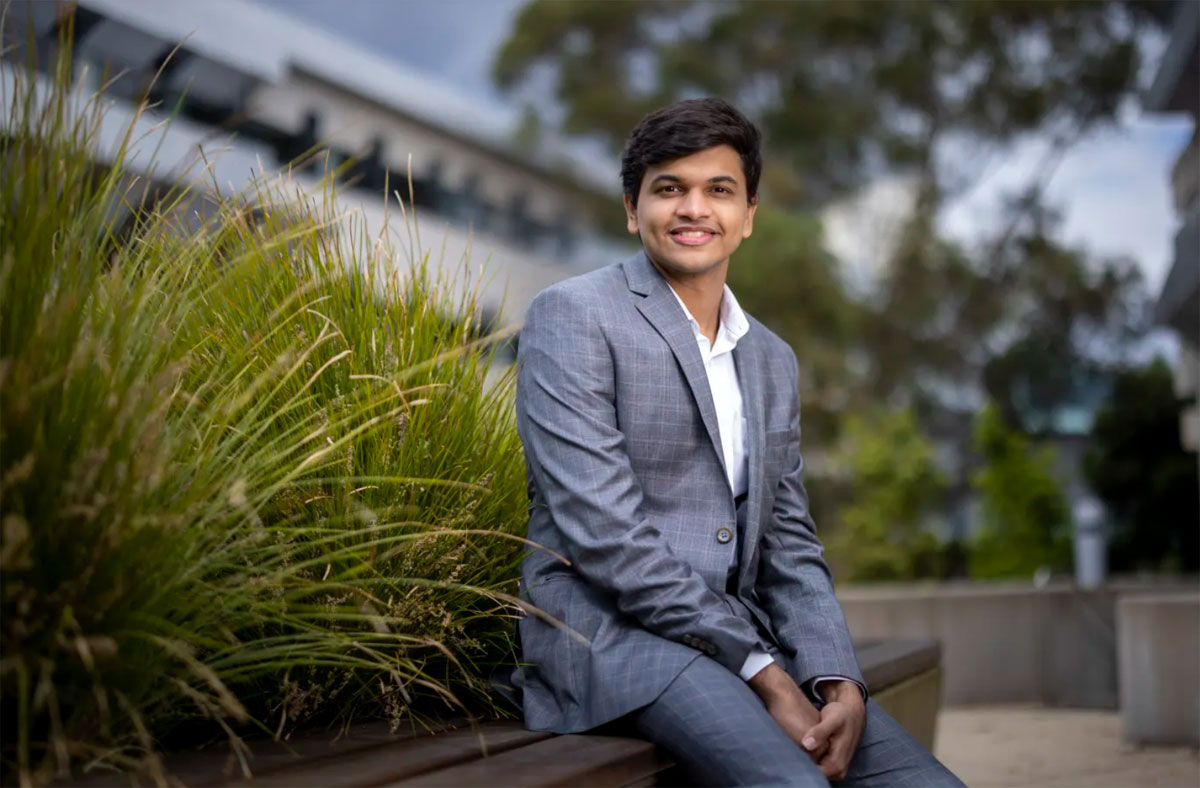
Universities have reported unprecedented demand from foreign students, sending visa applications 40 per cent above pre-COVID levels, driven by huge demand from students from India and the subcontinent.
The number of visa applications from India outnumbered those from China for the first time in December, while there were also big increases in applicants from Nepal, Colombia and the Philippines.
Universities across Australia confirmed the resurgence in the international student market – which generated $40 billion in export revenues to the economy in 2019, before the pandemic closed borders throughout 2020-21.
While China remains the largest source country for student enrolments, booming applications from India are behind the massive growth this year, according to preliminary data.
Applications at the University of Wollongong are 40 per cent higher than in 2019 and India and Pakistan have replaced China as that university’s two biggest source countries for students.
While Macquarie University said demand from China was down 27 per cent, there was strong demand from India and the subcontinent.
In the six months to December last year, 137,395 offshore student visa applications were lodged – well up on the 35,100 in 2021, 32,600 in 2020 and 96,600 in 2019.
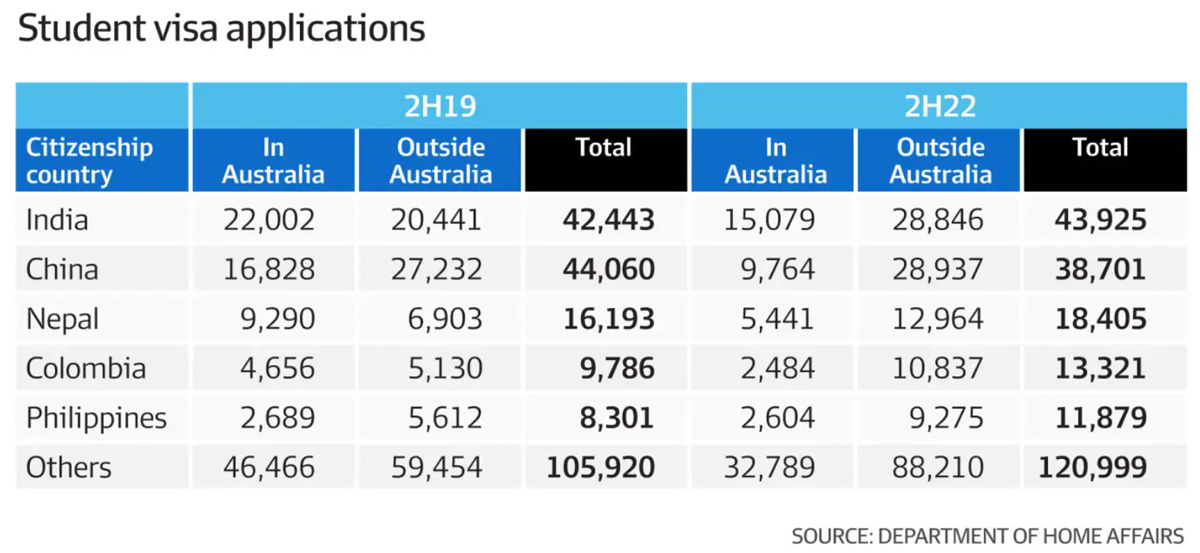
Some 43,925 visas came from India, compared with 38,700 from China – the first time Indian visa applications have outnumbered those from China.
The immigration department processed a total of 204,000 visas in the six months to December through a mix of tidying up a massive backlog in applications alongside new visas.
Experts have warned the surge in interest could be on the back of ample work opportunities and uncapped work hours for student visa holders, saying authorities must be alert to students using student visas as a work visa.
They point to India, Nepal and Pakistan as being particularly risky and say there is already anecdotal evidence of students switching from high-cost public universities to low-cost private colleges with less scrutiny and lower academic standards once in the country.
 International Education Association chief executive officer Phil Honeywood said the trend in new applications was heartening but noted that two years of below-average enrolments were still playing out.
International Education Association chief executive officer Phil Honeywood said the trend in new applications was heartening but noted that two years of below-average enrolments were still playing out.
“We had two years of virtually no students coming in, so the pipeline is still very much reduced because for two years the only commencements were online,” Mr Honeywood said.
Student recruitment firm AECC’s chief commercial officer Jake Foster said high-quality education, highly ranked universities, safety and work opportunities were driving the spike in demand from overseas students.
“It has been positive to see international education return to Australia after the pandemic cut students off from Australia for almost two long years,” Mr Foster said.
“We see big demand for courses in areas where Australia has critical skills shortages like IT and computer science, further highlighting the important contributions that international students can and will make to Australia in the future.”
Universities Australia chief executive Catriona Jackson said demand was returning to pre-pandemic levels because “we have a good product to offer, and international students know it”.
“International students would also be aware that Australia is facing a skills shortage and see the opportunity to not only study here, but potentially stay on and work once they graduate,” Ms Jackson said.
Bhavya Bagaria, 19, hails from the city of Thane close to Mumbai and got ahead of the curve when he enrolled in his bachelor of commerce and business analytics with a major in finance in 2021.
Mr Bagaria’s first year was spent studying online, but he managed to arrive in Australia last February to undertake his studies face-to-face at Deakin University’s Burwood campus.
Mr Bagaria said Australia was his only real choice and was attracted to Melbourne’s cultural diversity and relative security. With a brother enrolled at Arizona State University, Mr Bagaria felt Australian universities would provide a more personal experience.
“I chose Australia because it is a good place to study finance and there are less students here compared to America. I thought it would provide more personalised learning compared to studying in a class with 5000 students,” Mr Bagaria said.
While he juggles a variety of paid work, including working as an Excel specialist for a truck manufacturing company and student ambassador roles at Deakin, Mr Bagaria says unlimited work hours are a bonus, but were not a motivating factor when considering Australia as his study destination.
Komal Sharma, 26, from Chandigarh, India will take up a place in the bachelor of nursing degree at Deakin University in semester 1.
Ms Sharma said she had already completed some study in health sciences in Australia and had chosen to return because of Australia’s highly ranked universities and the standard of living.
“I was previously thinking of studying in Canada [but] I had friends here and that was a really important factor that helped me make my decision to choose Australia,” Ms Sharma said.
“The Australian climate is great and that was also important for me, definitely warmer than Canada. The Australian universities ranking were very strong. Some of them are the top-ranked universities in the world.”
Ms Sharma said she plans to return to India following her graduation but would like to work here for a few years before then.
While Indian students are flocking to Australia, it remains second choice to Canada, a recent survey from AECC has found.
The survey of 4670 prospective Indian international students found that 29 per cent listed Canada as their preferred destination followed by Australia (21.3 per cent), the UK (18 per cent) and the US (17.3 per cent).
Australia was seen as the safest destination, with prospective students nominating the right to stay and work following graduation and job opportunities also strong motivations behind their decision.
On a positive note, the research found that of the 26 per cent of prospective students who had switched their choice of destination, the majority shifted their preference from Canada to Australia.
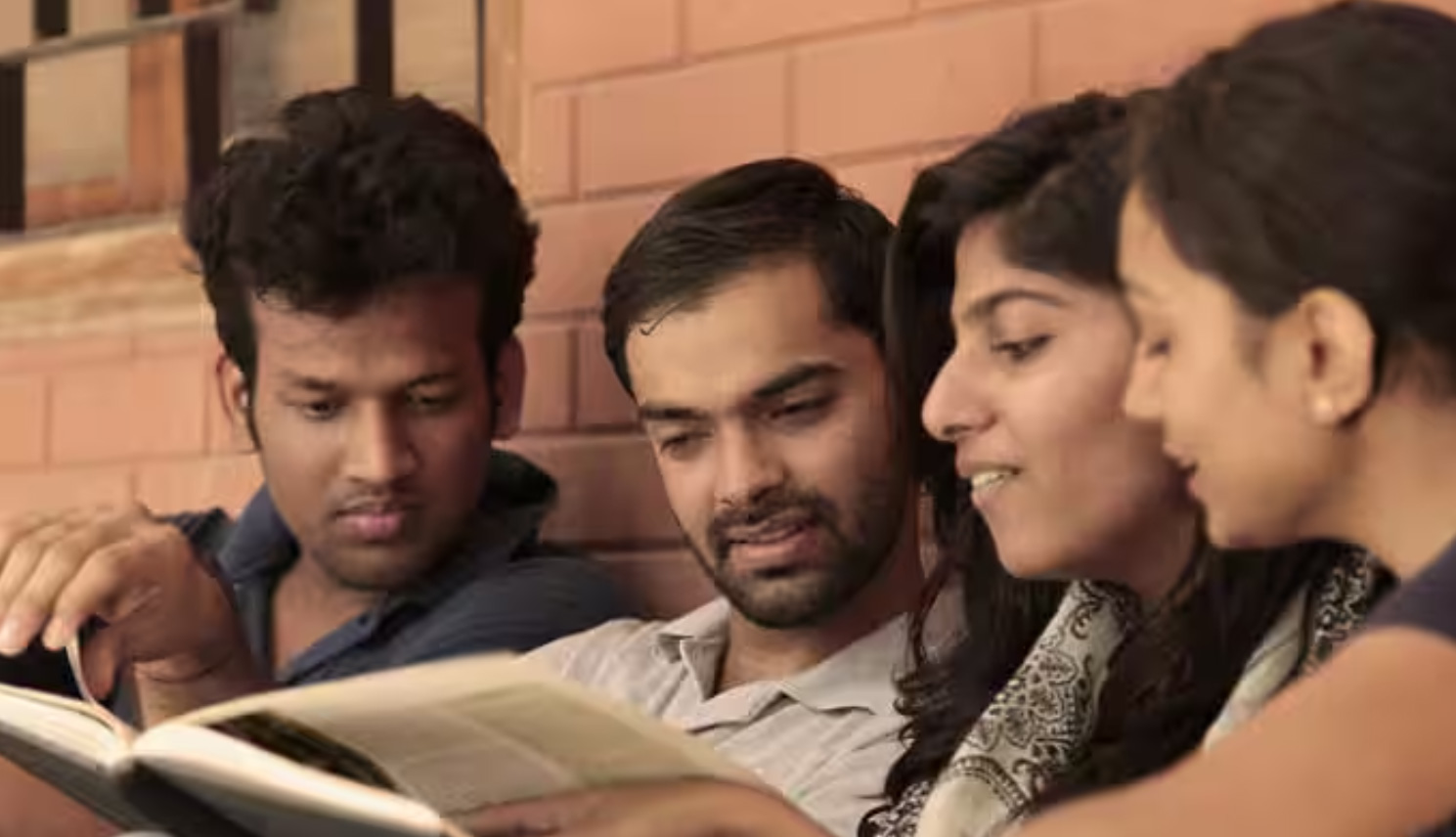
New data released today by the Australian Bureau of Statistics shows Australia’s post-pandemic recovery in the international student market continues to gain momentum.
Approximately 59,480 international students arrived in Australia in January – more than double the number of students who returned in the same period last year.
“International students are rushing back to Australia for the world-class education and enviable lifestyle we offer,” Universities Australia Chief Executive Catriona Jackson said.
“These students make a significant contribution to our cultural fabric and economic prosperity, adding $40.3 billion to the economy pre-Covid.
“There is still a way to go in reaching pre-Covid numbers, but we are pleased by the progress to date.
“It’s important to note that this data would not capture any increase in numbers of Chinese students following Beijing’s decision to return to its pre-Covid position of recognising only face-to-face study for students enrolled at overseas universities.
“More students coming from China – our largest source market – will be a welcome boost as we work back to the position of strength we held prior to the pandemic.”
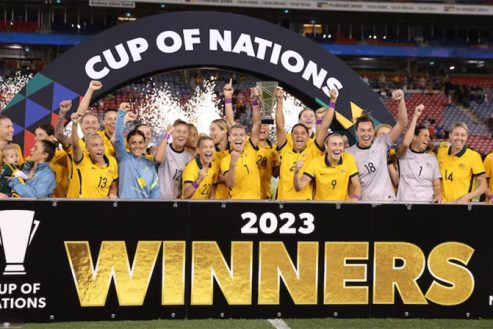
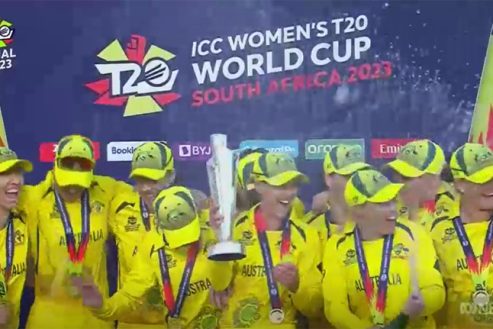
Australia beat South Africa by 19 runs in women’s T20 Cricket World Cup final. South Africa. February 2023

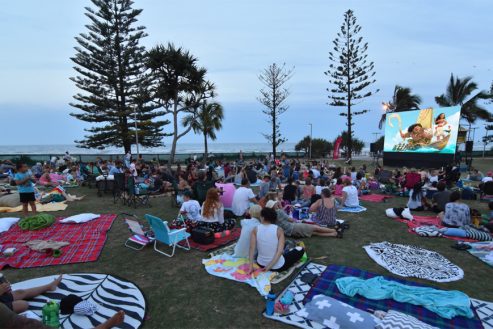


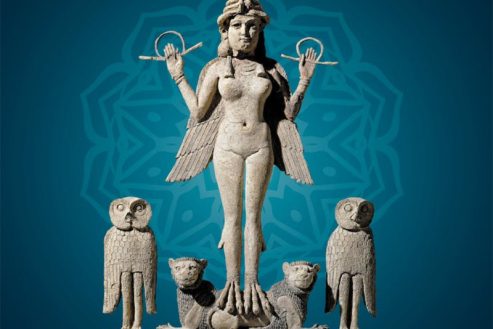




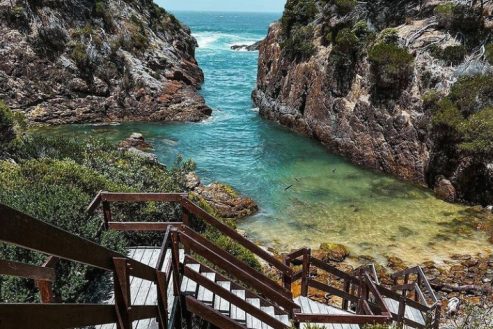






You can manage your membership and billing method by clicking here
Terms of Service
Privacy Policy
Copyright © 2025 Office of Immigration Australia, a private company registered in Australia. All Rights Reserved.